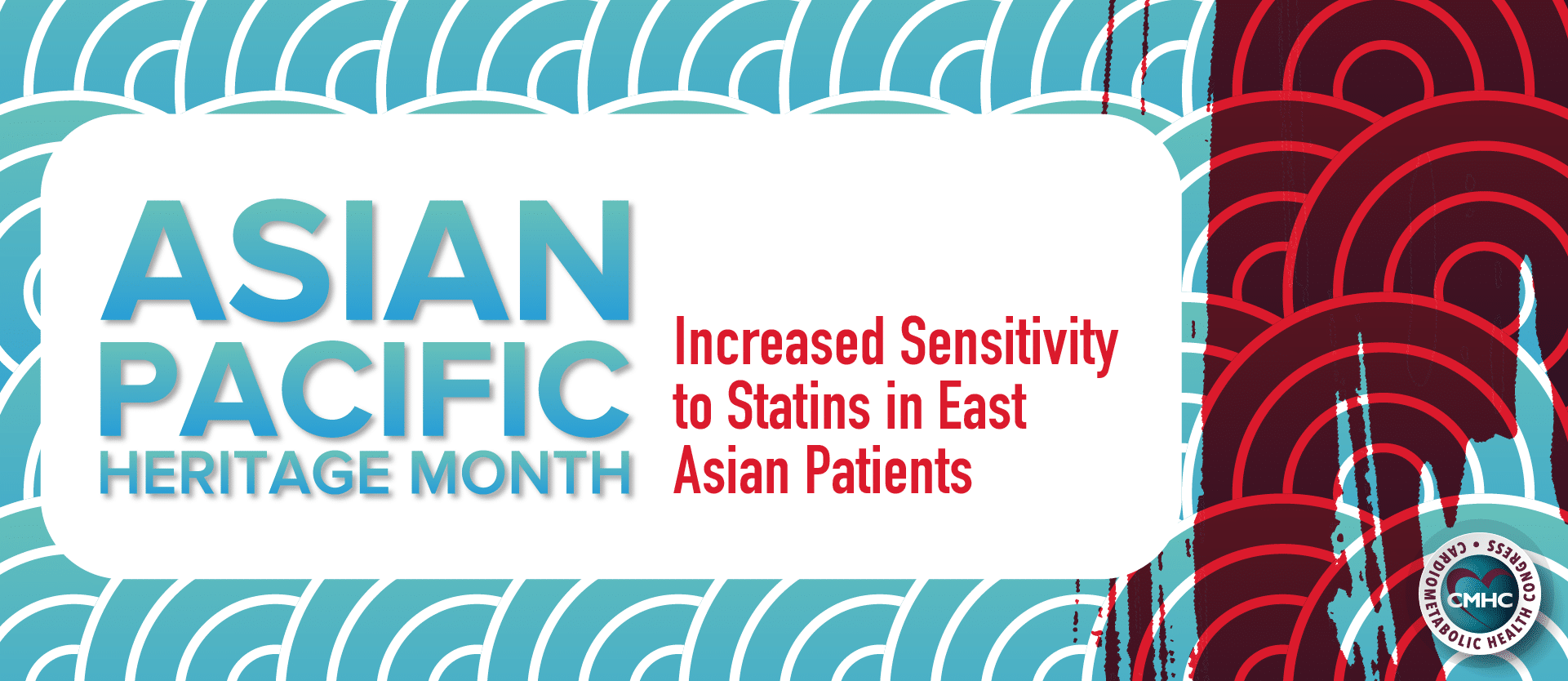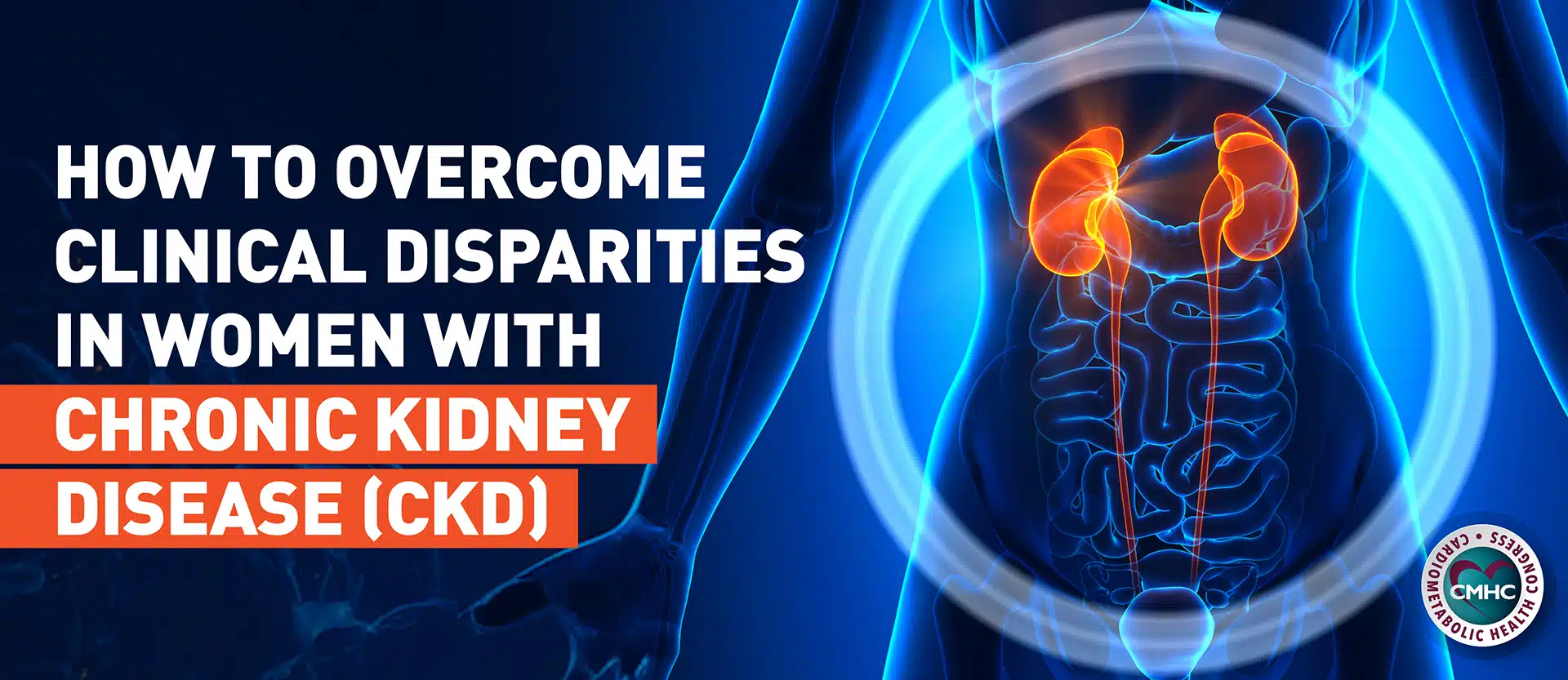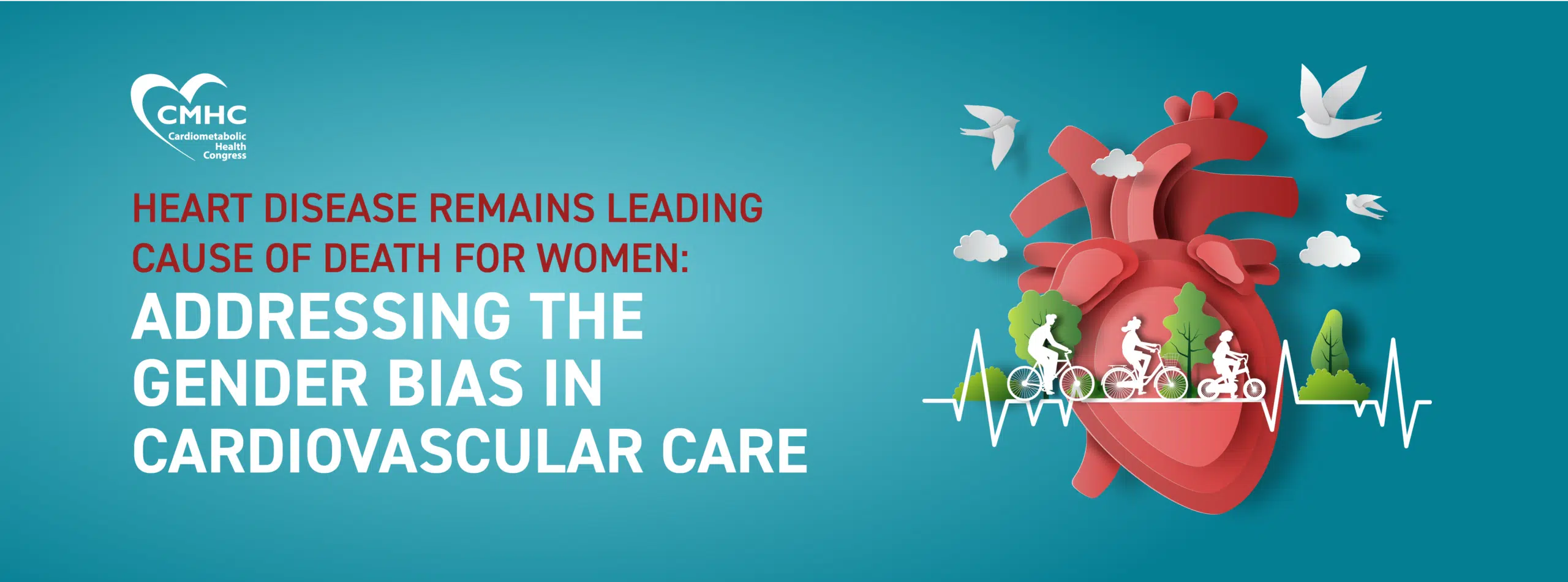The month of May is celebrated as Asian Pacific Heritage Month, which spotlights the vast influence and contributions of Asian Americans and Pacific Islanders to the culture and history of the United States. As part of the yearly campaign, CMHC is bringing awareness to specific cardiometabolic clinical considerations relevant to the Asian Pacific patient population, such as varying statin tolerability.
Statins are among the most prescribed class of medications by U.S. clinicians. In addition to the 28% of the United States adult population already undergoing statin treatment, an estimated 15 to 20 million individuals are candidates for statin prescriptions based on cardiometabolic risk factors. However, the efficacy, tolerability, and safety of these therapies has been under investigation, especially in cases of demographics potentially vulnerable to adverse medication-related events.
To better inform clinical decisions, the American Heart Association released a comprehensive statement based on an examination conducted by Newman et al. of the safety and tolerability of statin therapies.
The study evaluated the impact of the medication class on population sub-groups, in particular those at an increased risk of adverse outcomes including elderly patients, children, pregnant women, and individuals of East Asian heritage.
The AHA’s statement highlights varying tolerability levels found in East Asian patients, who exhibit an increased sensitivity to statin medications, indicating the need for caution in prescription and dosage instructions. Furthermore, it presents clinical practice lessons providers should be aware of when developing treatment strategies involving statins for various patient groups.
Increased Sensitivity in East Asian Population
Patients of East Asian heritage are a unique population in terms of tolerance and dosing requirements for statin medications. Prior pharmacokinetic trials have found greater plasma concentrations of certain statins as well as their active metabolites in the East Asian population. Although first believed to be a result of lower body mass in the group, the difference is caused by pharmacogenetic factors – including variances in the metabolism of statins by enzymes and their disposition by membrane transporters. According to the AHA’s statement, Chinese patients in particular appear to have an increased susceptibility to simvastatin-induced myopathy.
The general East Asian patient population is typically prescribed lower doses of statins due to either increased sensitivity to the medications or an increased therapeutic response compared with Western patient groups. Currently, prescribing guidelines for rosuvastatin and simvastatin recommend lower doses be used in this demographic as evidence implicates that this group may experience increased reactivity to statin therapies. As such, physicians are encouraged to monitor doses for this subgroup of patients and adjust dosing accordingly to mitigate the risk of common side effects which tend to be muscle-related symptoms.
Adverse Muscle-Related Symptoms
A primary patient complaint in relation to statin medications is the presence of muscle-related symptoms without a rise in creatine kinase. While few medications have been associated with adverse effects on skeletal muscle, all types of statins have been implicated as causing myopathy however; these symptoms tend to be bilateral, symmetrical, and only present in skeletal muscle.
Muscle-related symptoms range from statin-associated muscle symptoms (SAMS), myalgias, myopathy, and in rare cases rhabdomyolysis – a severe form of myopathy with serum enzyme elevations greater than 40 times the upper threshold.
Several risk factors for adverse muscular symptoms have been identified, including hypothyroidism, preexisting muscle disease, renal impairment, as well as East Asian heritage.
Data collected from large-scale, long-term scientific trials has been used to evaluate all of the currently available statin therapies at their maximum recommended doses, revealing an excess risk of myopathy of 0.1%. Research indicates that this risk is highest during the first year of statin treatment, after dosage increases, and with the addition of a known interacting medication however, overall risk remains relatively low.
Clinical Precautions
Patients of East Asian descent presenting with adverse muscle-related symptoms must be seriously evaluated and closely monitored. “Most drugs that carry rare but serious adverse risks often precipitate less-serious effects of the same nature in much more frequent fashion (anticoagulants and bleeding events are a good example of this); statins and muscle symptoms are no exception,” Newman and colleagues caution.
In cases of muscle-associated complaints, clinicians should feel comfortable excluding myopathy on the basis of a physical exam and laboratory measures – in which creatine kinase is within <10 upper limit of normal – and re-challenging with the same statin at a lowered dose or frequency, or with a different statin near previous dosage levels.
The widespread prevalence of vascular diseases in the national population often requires appropriate medical intervention, including the treatment of patients with statin therapies. However, the risks and relevant clinical precautions need to be taken into consideration when evaluating potential and existing patients for statin treatment, especially in cases of vulnerable groups. The increased sensitivity observed in the East Asian population further underscores the importance of factoring in patient ethnicity when developing treatment plans as well as the need for an increased awareness of potential variations in therapeutic responses. Clinicians must remain cognizant of the potential for overall greater sensitivity to statin medications in patients of East Asian descent.


















